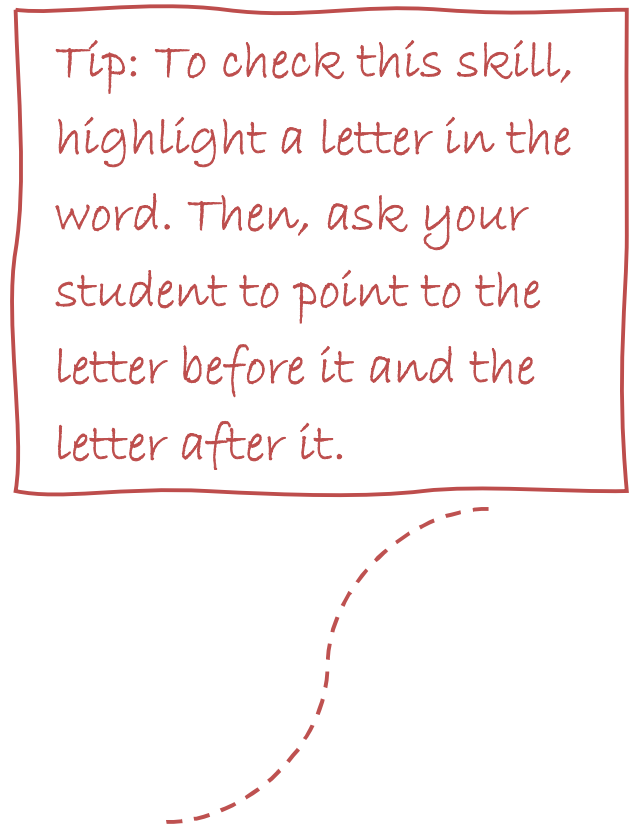Let’s chat about the challenge of matching the correct spelling for /ch/ when you have a bunch of ways to spell it. It really is a cinch if you ditch the guessing and snatch the rule from this catch-y blog entry!
Okay, okay, enough of that chatter. Yes, I suppose I am a much better teacher than I am a poet, but the sentiment remains the same. Many of our students struggle with the correct spelling for the sound /ch/.
Why is that?
Let me divert for a moment to an analogous story...
As a child growing up in small-town Wisconsin, I discovered that if I wanted to be one of the “cool kids,” I had to learn how to bowl. So, I took to the lanes trying every method imaginable.
 1. Photo by Michelle McEwen on Unsplash
1. Photo by Michelle McEwen on Unsplash
In an attempt to keep my ball out of the gutter, I tried bowling right-handed, left-handed, and sometimes even two-handed! Should I walk or run up to the lane? Well, needless to say, this wasn’t a very efficient way to get better at bowling. I finally asked a friend to teach me how to bowl. It turns out, there are strategies for every possible bowling situation! As an awkward preteen, I would have never guessed these strategies on my own.
This is not unlike our students who struggle with spelling, grasping at any possible spelling combination until they settle on one that might look right. On the other hand, explicit instruction of spelling rules removes the guesswork from spelling, allowing our students more mental space for all of that fantastic writing content!
Now, back to the topic of spelling /ch/…
 Let’s talk about prerequisite knowledge first.
Let’s talk about prerequisite knowledge first.
Your student will need the following skills before you can begin teaching
this rule:
Now that we have our “ingredients” sorted out, let’s get to cooking! I know, the metaphors are getting a bit tiring, so let me add some clarity. Here’s our rule:
“Always use TCH after a short vowel—otherwise use CH.”
Here at Silver Moon, we can’t have a spelling rule without a catchy phrase to help us remember it, and this one is absolutely delicious!
Munch a Batch of Cookies

This rule brings back the multisensory experience of indulging in a fresh batch of fresh, gooey chocolate chip cookies. Here’s how that rule shakes out:
Munch reminds us that we use a CH after a consonant (or long vowel).
Batch reminds us that we use TCH after a short vowel.
Exceptions to the Rule:
There are a few words that break this rule! These words are:
*Such *Much *Rich *Which
If you’re a busy parent or teacher, you probably don’t find yourself with loads of time on your hands. That’s why I created the following FREE reproducibles. And the best part? All the work is done for you. Just print and teach!
Munch a Batch of Cookies Reproducibles
If you found this blog helpful, you can find our other spelling topics HERE, and don’t forget to check out our complete guide to spelling at www.Silvermoonspellingrules.com
 2. Photo by Food Photographer | Jennifer Pallian on Unsplash
2. Photo by Food Photographer | Jennifer Pallian on Unsplash
Written by:
Kate Wagner, BSE
Reading Interventionist, Remote Learning Coach